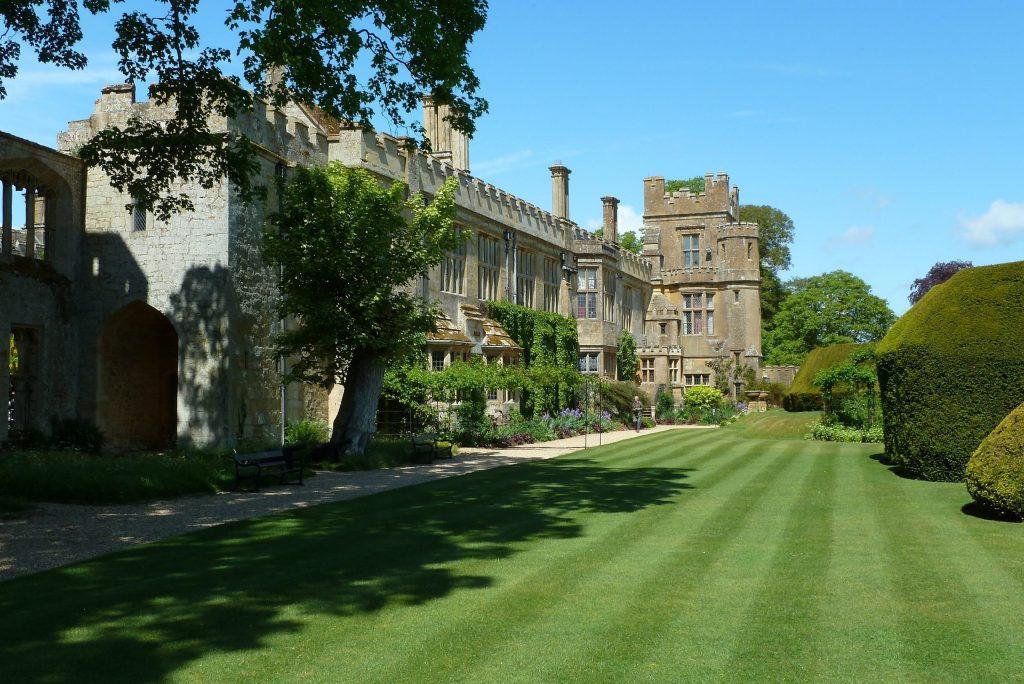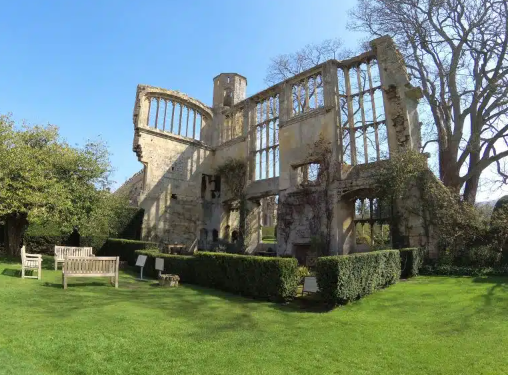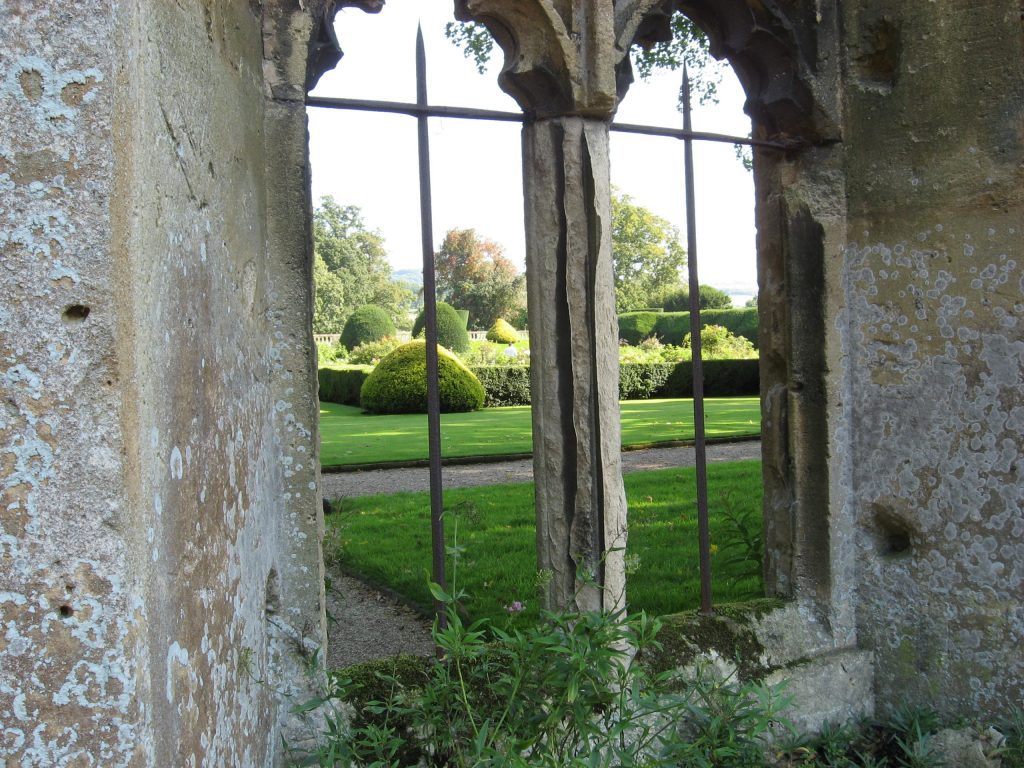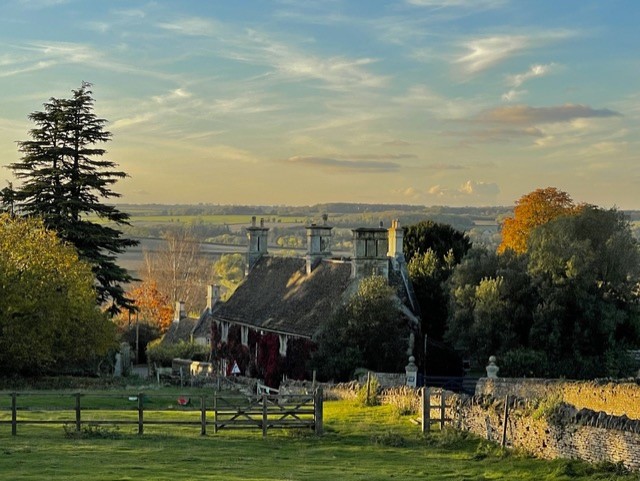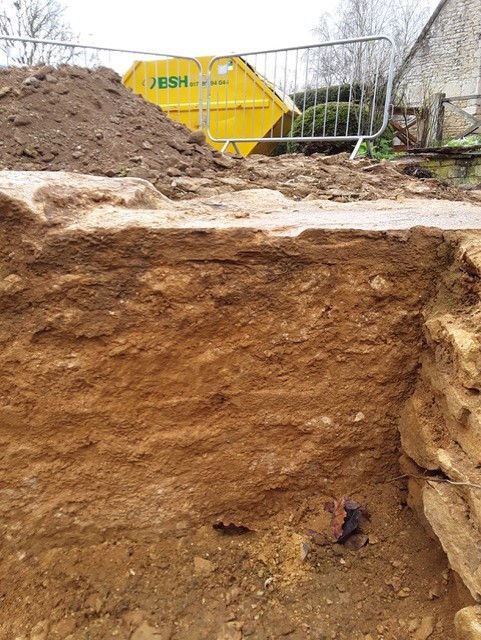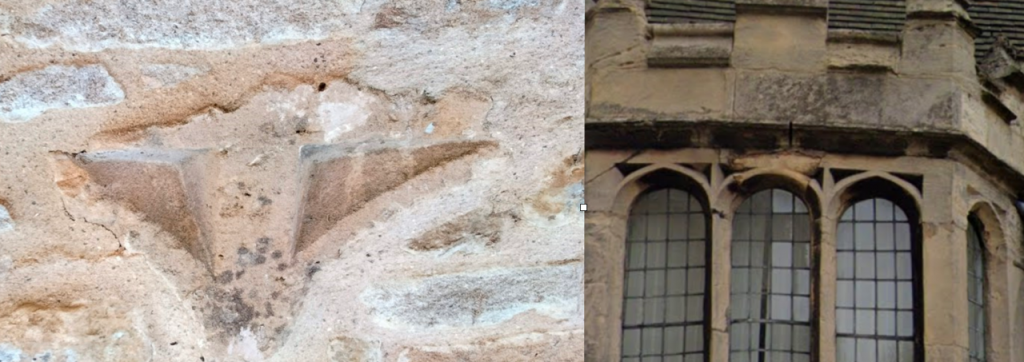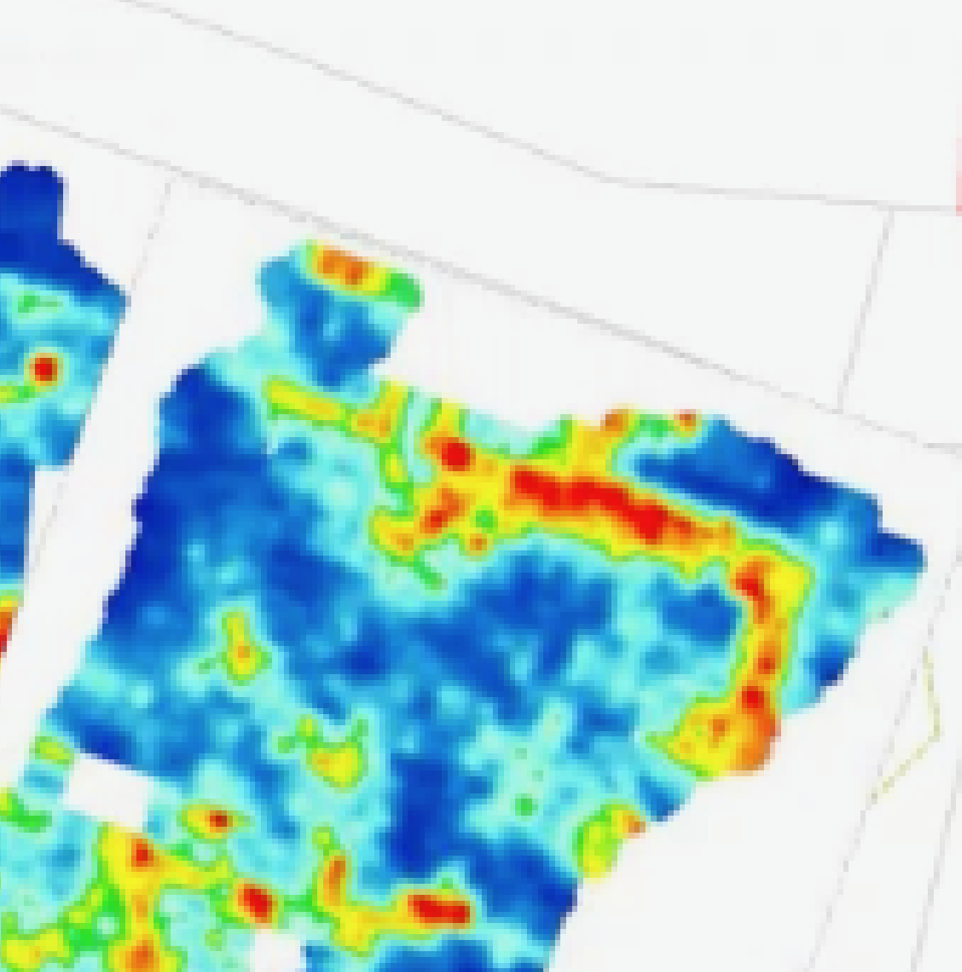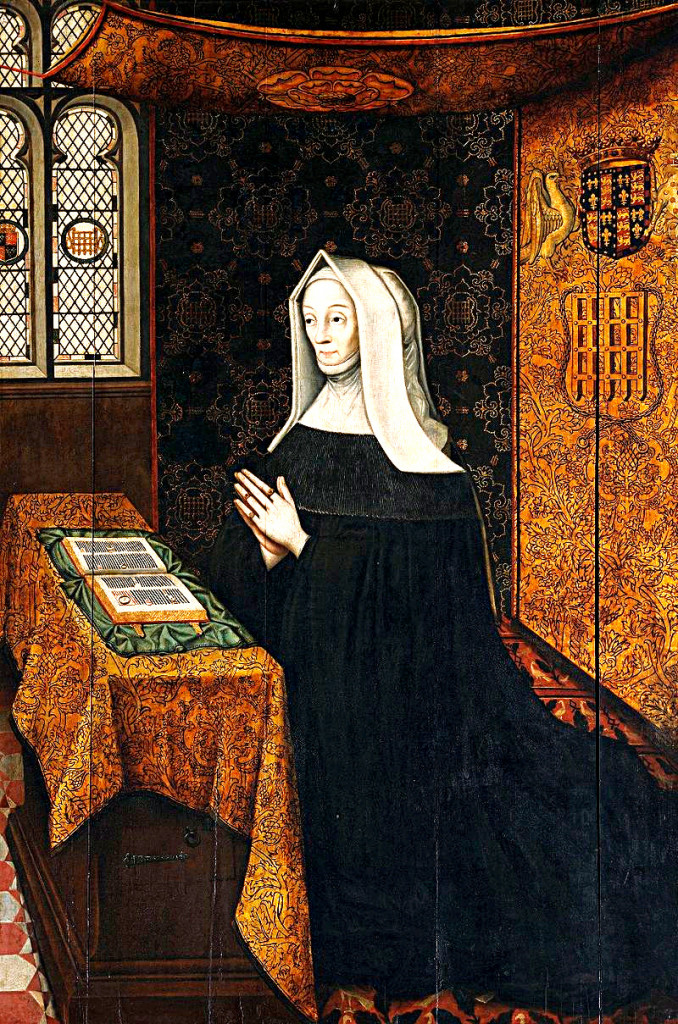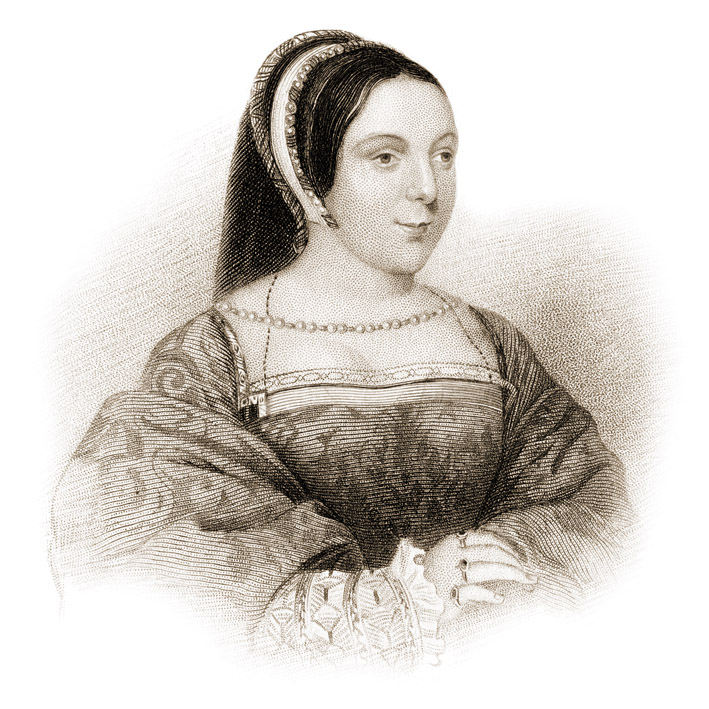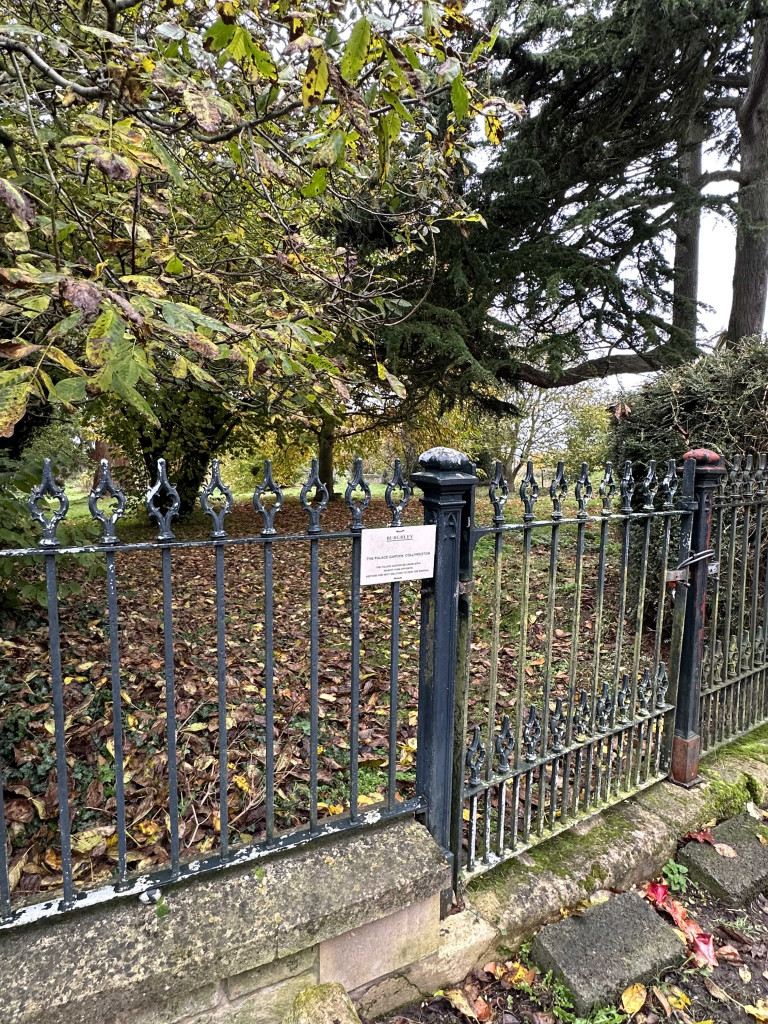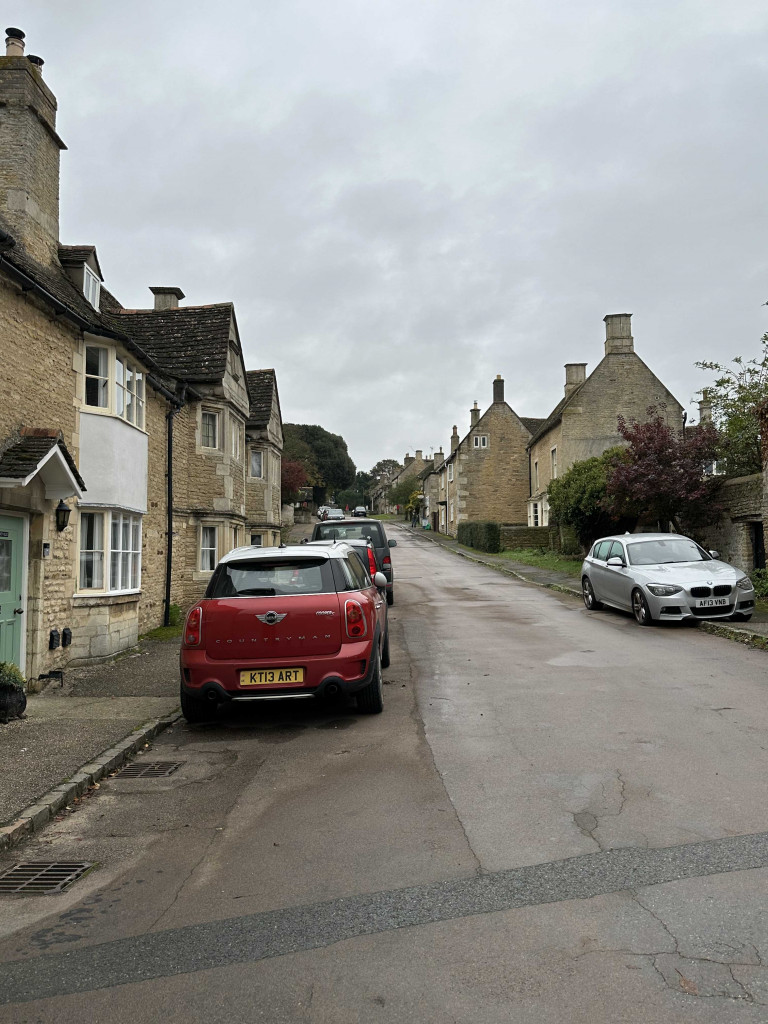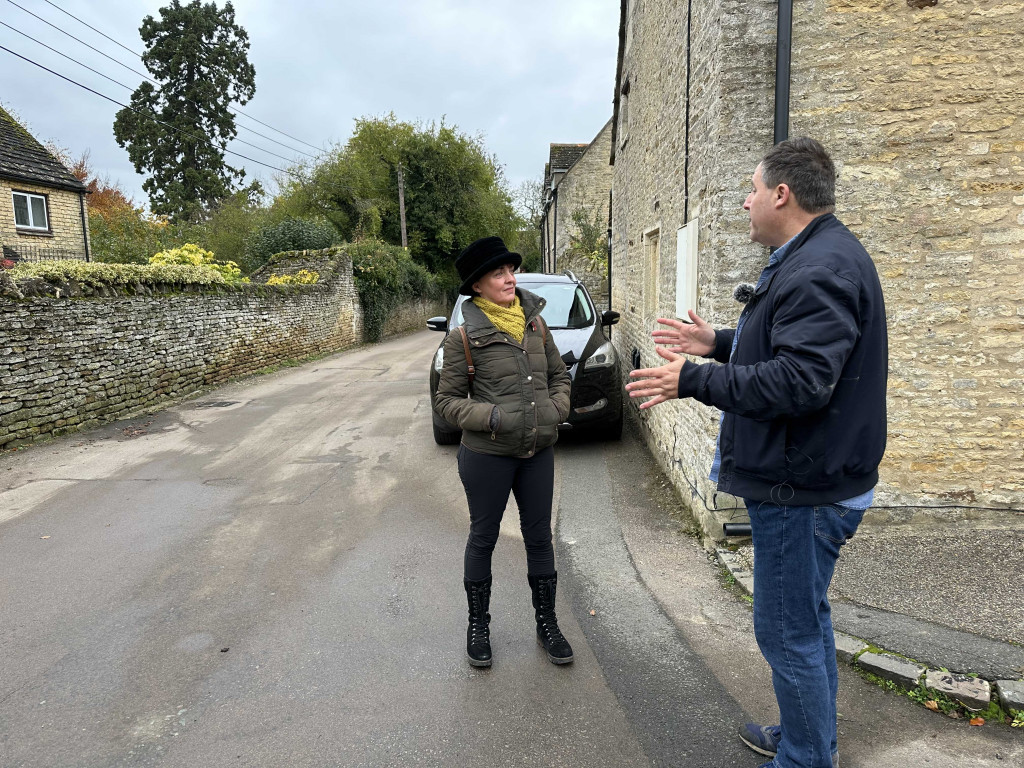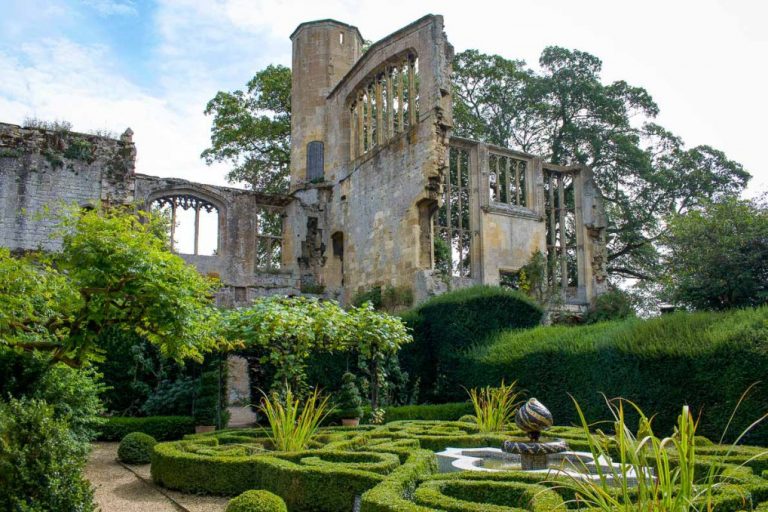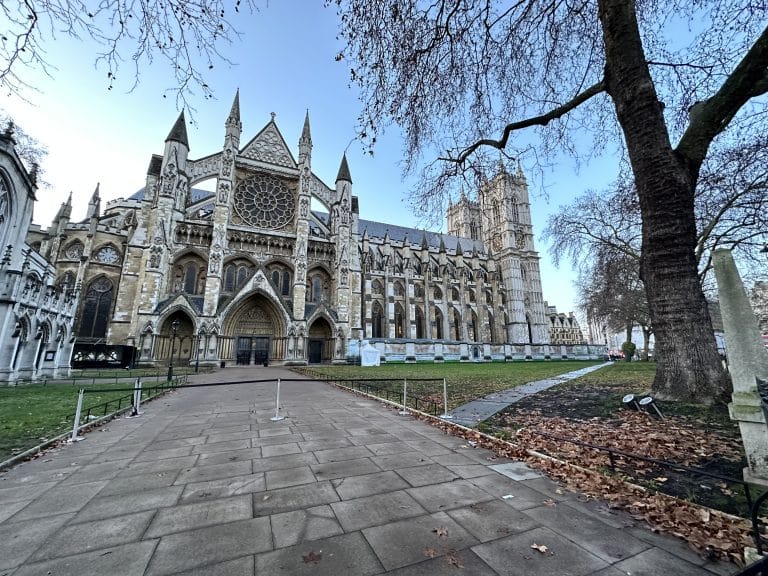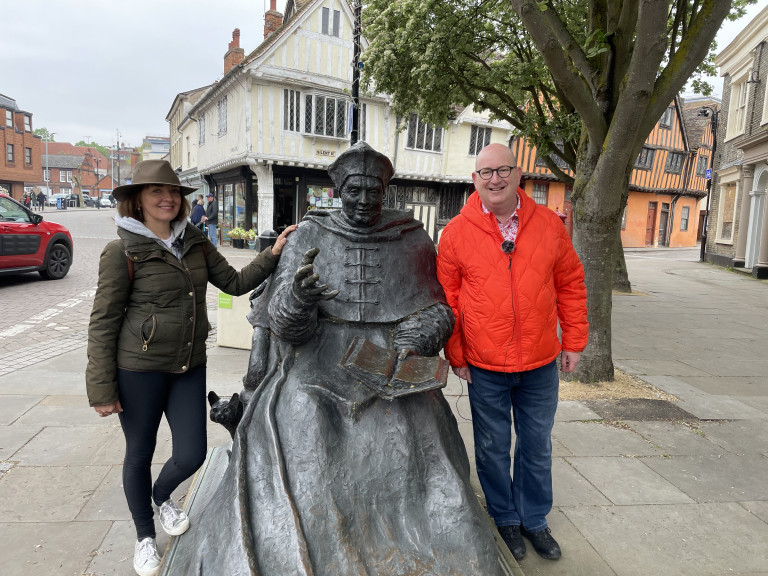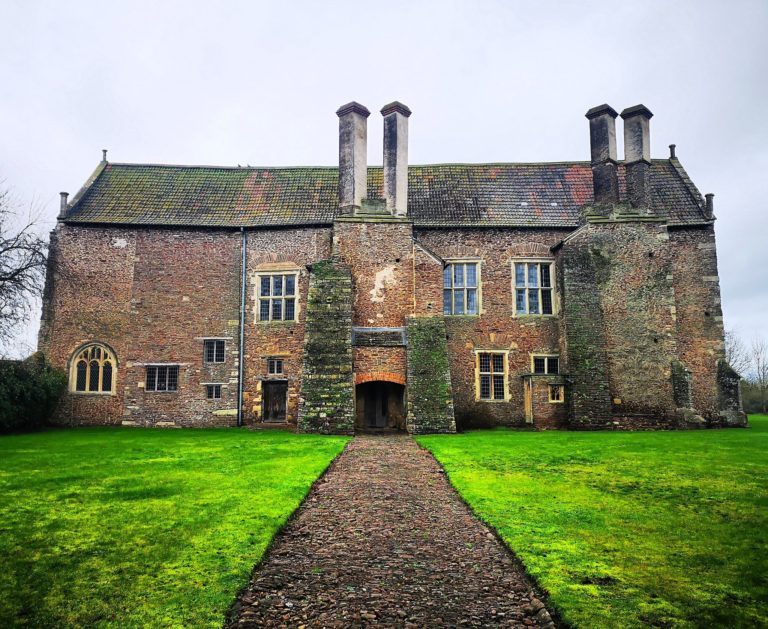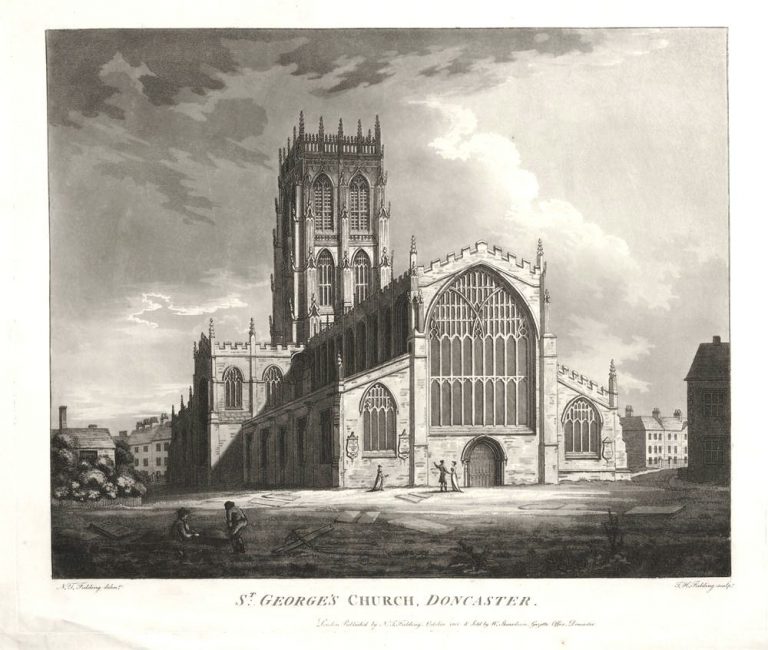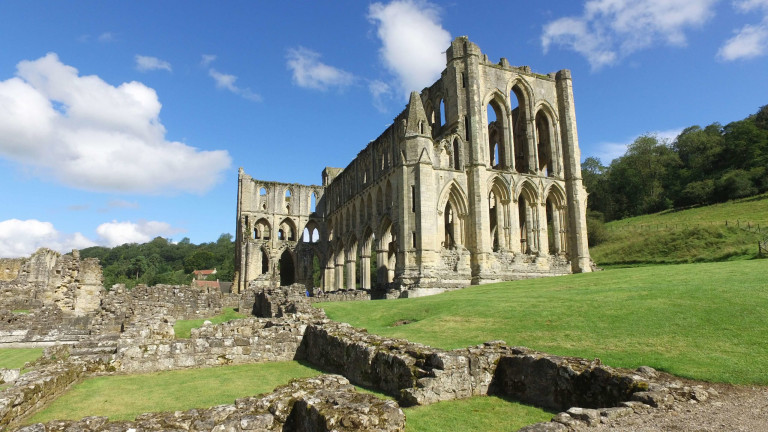Tudor Sites Revisited: Discovering Collyweston’s Lost Palace & Sudeley’s Elizabethan Gardens
Note: This is a show notes page accompanying my on-location podcast at the site of Collyweston Palace and Sudeley Castle, recorded in the autumn of 2023.
In this month’s episode, The Tudor History & Travel Show revisits two historic sites undergoing archaeological investigation. Now, four years after our initial visits, we discover the progress of these exciting projects. Firstly, we visit Sudeley Castle in Gloucestershire and meet Ginny Cole, Community Archaeologist from DigVentures, who tells us about the five-year project to excavate the Tudor gardens at Sudeley. Ginny shares some of the incredible things the team have discovered and how these findings shape our understanding of the garden’s layout.
Next, we head to the village of Collyweston in Northamptonshire. The archaeological dig started in 2019 and sought to identify the exact location of the lost Tudor palace. We hear from Chris Close, President of The Collyweston Historical and Preservation Society, as he updates us on the team’s fascinating discoveries. An introduction to both sites is below, with details of the recent findings and an image gallery.
An Introduction to Sudeley Castle
Sudeley Castle is the final home and resting place of Queen Katherine Parr, England’s only queen to be buried in the grounds of a private house. Embraced by the lush slopes of the surrounding Cotswold hills, Sudeley Castle is an enchanting place; the beauty of the parterre in summer, the still coolness of the chapel, and the intimate warmth of Katherine’s private closet all will stay with you long after you have left.
During the Tudor era, Sudeley Castle was a large, double-courtyard manor house hewn from honey-coloured Cotswold stone, as it still is today. The most opulent range, housing the privy apartments, faced east, overlooking the stunning gardens. These had been laid out on a parterre adjacent to the castle’s chapel.
Katherine’s apartments are also almost entirely lost; the privy wing, postulated to have been originally built on the orders of Richard III when he was Duke of Gloucester, was severely damaged during the English Civil War. What remained, no doubt, gradually crumbled through neglect and the passage of time. However, along with the hauntingly beautiful remains of Richard of Gloucester’s original state apartments, a fragment has survived intact in the form of a closet. This small room was a typical feature of the part of the ‘secret’ lodgings of any high-status Tudor house.
The east range of Sudeley Castle – the ruined early sixteenth century apartments are in the foreground; Part of the ruined east range; The ruins at Sudeley Castle.
Images © The Tudor Travel Guide.
Sudeley Castle’s Tudor Gardens Revealed
This year, archaeologists from DigVentures dug three trenches at Sudeley, hoping to reveal the garden’s original layout and design, including the arrangement of paths, structures, water features, and planting areas. Discovering dateable artefacts has enabled the team to provide a chronological context for the history of the garden, shedding light on when it was established and modified.
Now, coming to the end of the dig, the team have a better picture of what the Tudor garden would have looked like. The team used LiDAR (Light Detection and Ranging) to shed light on the surviving features of the underground garden. LiDAR is a remote sensing technology that uses laser light to measure distances. It helps identify potential historic features, such as ancient structures and earthworks. It can reveal the presence of mounds, walls and other landscape modifications that may indicate human activity.
After using LIDAR, the team continued their dig, aiming to explore their initial findings further. Following their work at Sudeley, the team hope to pass on enough information to allow a reconstruction model or image of what Sudeley’s Tudor garden looked like to be created. Tune into the podcast to hear more precisely what has been uncovered and the conclusions drawn as a result of the five-year project.
An Introduction to Collyweston Palace
Collyweston, in Northamptonshire, is a quintessential sleepy English village not far from the bustling market town of Stamford.
But once upon a time, Collyweston and its palace were a centre of power. The medieval manor house, which eventually came into the ownership of Margaret Beaufort was aggrandised to reflect her status as ‘the King’s Mother’. Under Lady Margaret’s ownership, Collyweston became the administrative centre for the Midlands, as we shall shortly hear. It was visited by Henry VII, Henry VIII, Catherine Howard and Elizabeth I. Yet, a little over 150 years after its heyday, the house was dismantled and irrevocably lost, except for enduring earthworks in the ground.
The property came into Crown ownership in 1478. however, it was not until after the Battle of Bosworth, when the Tudors ascended the throne, that the manor reached its zenith. In 1486, it was given to Lady Margaret Beaufort, Countess of Richmond, for life. Around 1500, she altered and enlarged the house and improved the park and gardens adjoining the manor.
Some 20 years later, Henry VIII bestowed the manor on his illegitimate son, Henry Fitzroy. Henry VIII himself lodged at Collyweston five years after Fitzroy’s death, between 2-5 August 1541. Catherine Howard was alongside him on that fateful progress, which was, of course, to be her last. Finally, from a Tudor lover’s point of view, the last royal owner of Collyweston Palace was Elizabeth I, who was granted it by her brother, Edward VI, in 1550, when she was still a princess. Elizabeth would only visit once, though, in 1566, during the course of a Midlands progress.
Tragically, the palace is now wholly lost. So much so that its exact position and extent were no longer known. To rectify this sad state of affairs, in the summer of 2019, the local Collyweston Historical & Preservation Society began an archaeological project to try and answer just these questions.
View from the site of Collyweston; Detail of wall discovered in 2023; Piece of fifteenth-century stone moulding from Palace (left) and how it might have looked (right); Geophys showing curtain wall/range of lodgings (to be confirmed by archaeology). Images © Collyweston Historical & Preservation Society.
Margaret Beaufort at prayer in her closet; Margaret Tudor Engraved by Phillibrown in ‘Lodge’s Portraits of Illustrious Personages of Great Britain’ by Edmund Lodge FSA. Published by Bohn, London 1849.
Collyweston Palace: Found!
After an absence of four years, I returned to Collyweston this Autumn (2023) to hear the latest update in the search for Margaret Beaufort’s Tudor palace. Little by little, the project has gained traction (and therefore funding!), culminating in a complete geophysical survey (conducted by John Gater of Time Team fame) of the site on a scale that was not previously possible.
The results have been spectacular! When I received a message from Chris Close that the palace structures had ‘lit up’, I couldn’t wait to learn more. So, on a cold, damp, misty November morning, I met with Chris in the village to find out all the latest. Together, we toured part of the palace’s perimeter, and Chris showed me the LIDAR scan (and the current best guess as to what the scan shows).
These guesses are based not only on the outline of the buildings that have been revealed but are also a result of drawing upon written sources that detail the relative position of particular structures to others. Chris stressed that this plan is just the starting point. The next phase, commencing in 2024, will be an archaeological investigation of the site in partnership with The University of York and Historic Royal Palaces. I am delighted that Chris has already invited me to return in the summer. So, stay tuned, friends; I have a feeling there is SO much more to come!
The village of Collyweston; Sarah and Chris Close. Images © The Tudor Travel Guide.
February 2024: An Update
While the team at Collyweston are confident they have found the palace, there are still many unresolved questions, which a series of digs planned for 2024 hope to resolve.
On a beautiful spring day, in February 2024, I headed back to the site as the team were digging in a series of trenches. After touring the site and catching up with Chris Close and the team, a fantastic discovery was made. A piece of ceramic pottery was found in one of the trenches next to a wall that could be dated to a similar late medieval period. It is believed this is a medieval roof tile dated towards the end of the fifteenth century. We are waiting for formal identification but this this dateable artefact gives us a strong indicator that the wall that was uncovered can be dated to Margaret Beautfort’s occupancy of Collyweston.
Throughout the year, the team will continue their work over a series of digs to extend our understanding of the location of Collyweston Palace.
Useful Links
To catch up on the story of the Sudeley and Collyweston projects, you can listen to my podcast from when I first visited both sites here.
Sudeley Castle:
- To learn more about Sudeley Castle, visit the blog here.
- Find out more about the dig at Sudeley Castle here.
- This video from DigVentures shows you part of the dig at Sudeley Castle.
- To find out more about DigVentures’ projects click here.
Collyweston:
- To learn more about Collyweston, visit the blog here.
- Visit the Collyweston Historical & Preservation Society website here.
If you have enjoyed touching the past through this blog, you can join my membership, The Ultimate Guide to Exploring Tudor England, which brings together all my best, most comprehensive content in one place: blogs, videos, live chat, progresses, maps, itineraries, travel information and podcasts.

